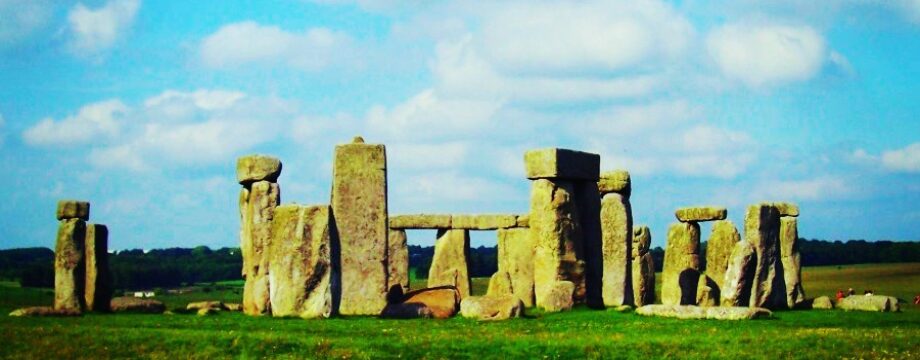Britain Travel
Top 10 London Sights – Part 2
Top 10 London sights – Part 2 British Museum is another fantastic sight in London to visit. You will need a good three to four hours to make your way around this large museum and see just a fraction of the 8 million works. Do not miss the Rosetta Stone (196 BC). Its discovery allowed the … Continue reading
Top 10 London Sights – Part 1
Top 10 London Sights (part one) Westminster Abbey – visit the great Abbey where its Kings and Queens are buried in magnificent tombs. This is my favourite spot in the entire world. You can visit the Royal Tombs, Poets’ Corner, the Cloisters and the Nave. I recommend skipping the guided tour and picking up an audio … Continue reading
Welcome to The Travelling Historian
Welcome to The Travelling Historian. I have been obsessed with Europe for as long as I can remember. I used to run to the encyclopedias on a fairly regular basis to read up on England, Germany, Russia, Italy, and practically every single country in Europe. This was in the olden days, before the dawn of … Continue reading

